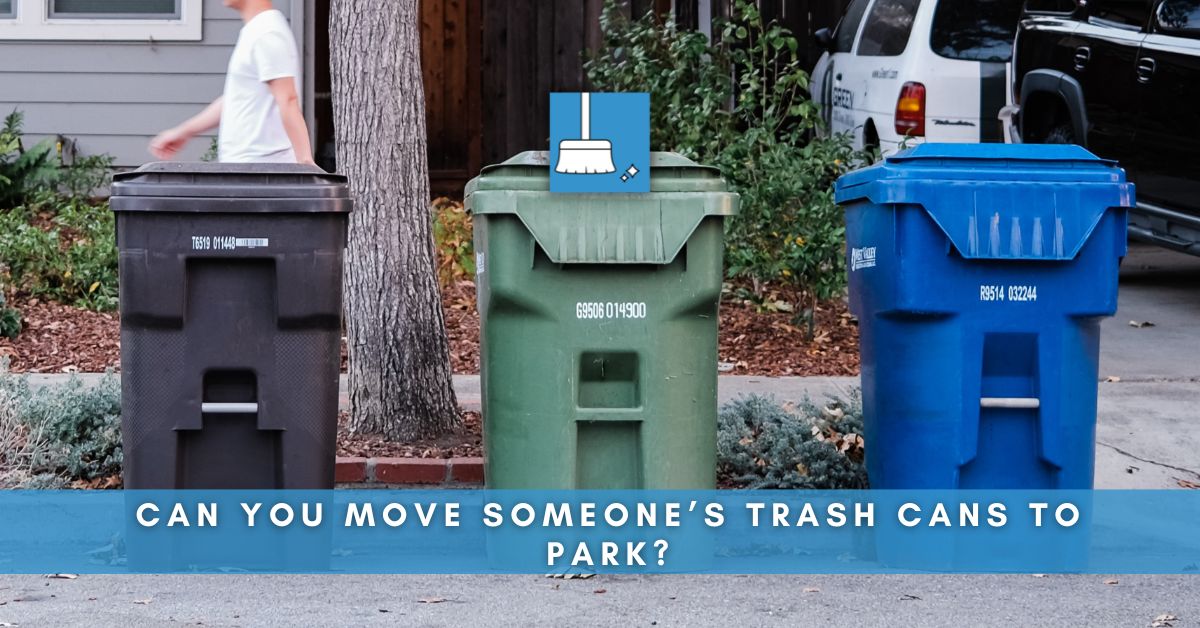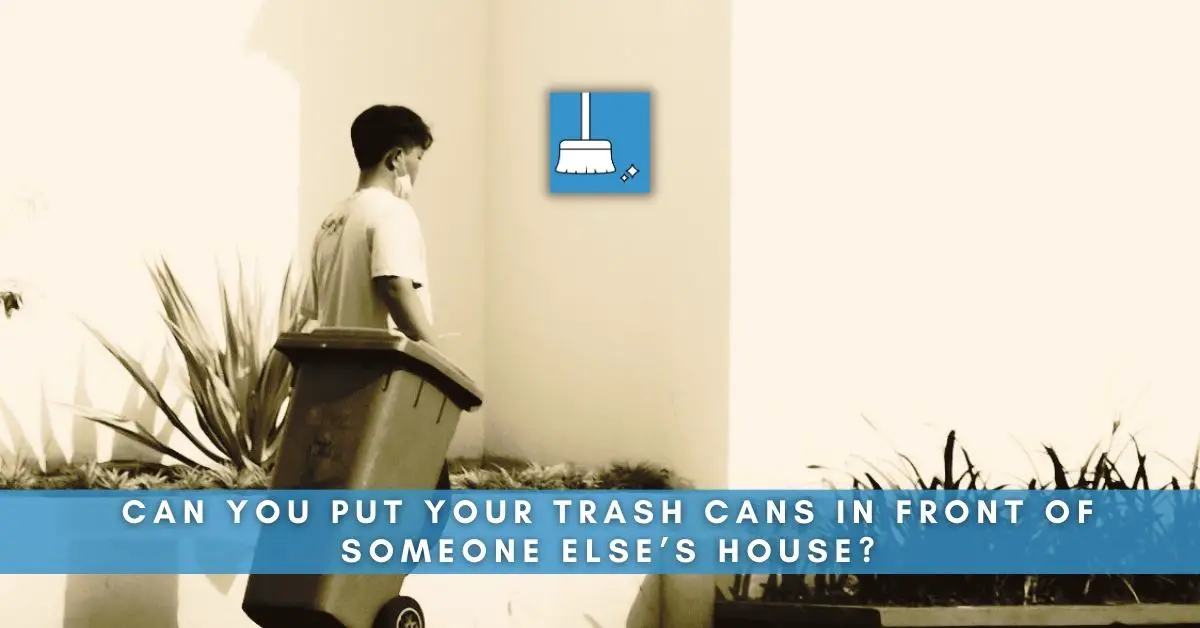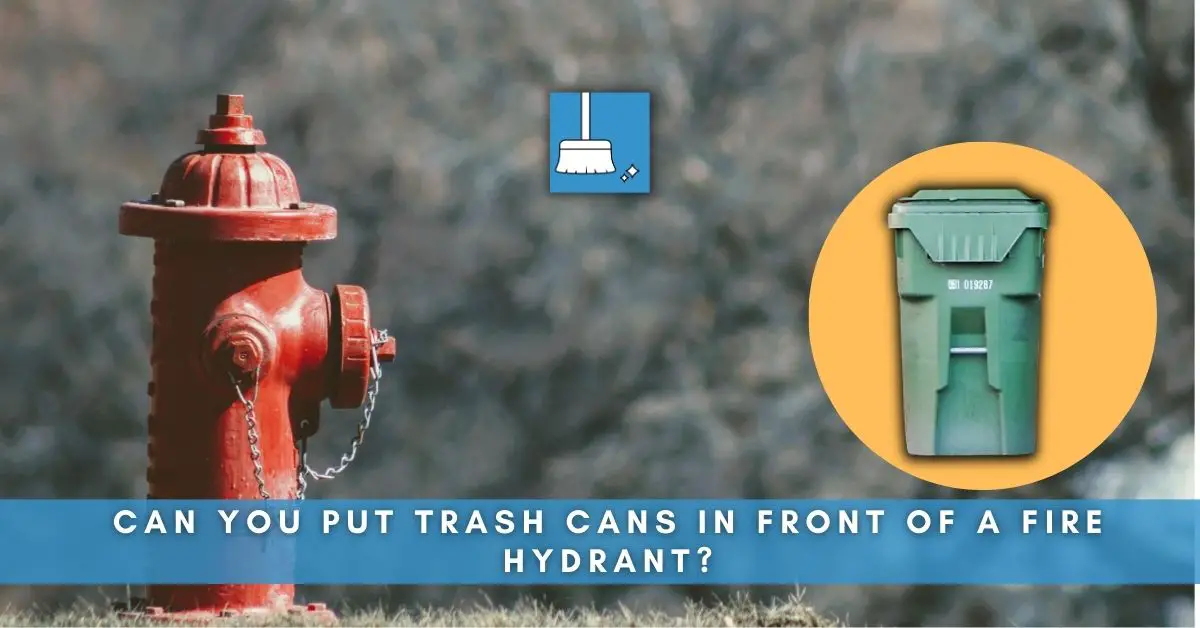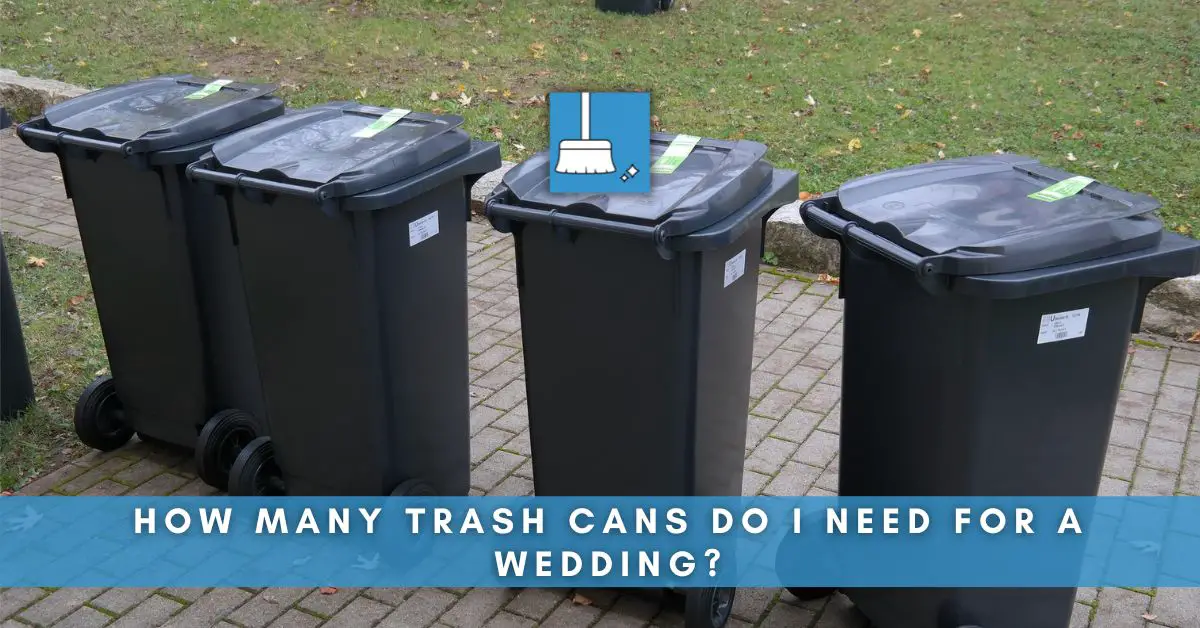You might find it cute the first time it happens: you walk into your kitchen and notice the trash can tipped over, the contents scattered across the floor, and your cat perched on top of it all, looking quite pleased with their little mischief. But when this becomes a regular routine, you start wondering what on earth is going on. “Is my cat auditioning for a role in the latest feline-themed action movie or are they just trying to make a statement about my taste in leftovers?” Whatever the reason, there’s no denying that having a feline trash ninja in your household can be both puzzling and frustrating.
#1- It is Cat’s Natural Curiosity
Cats are naturally curious creatures, always in search of new and interesting experiences. This curiosity often leads them to explore their surroundings, which can sometimes include knocking over trash cans.
Their instincts as hunters drive them to investigate potential hiding spots for food, such as a trash can that may contain enticing morsels like chicken bones or fish heads.
So, while it might seem like a random or disruptive behavior, a cat’s desire to knock over a trash can is often rooted in their natural instincts and curiosity, driven by their need for both physical and mental stimulation. [1]
#2- Drawn to the Smell
One of the primary reasons cats knock over trash cans is due to their attraction to the various smells emanating from the garbage.
The trash can, filled with various odors and potentially discarded food, draws cats in like a magnet.
Their investigatory instinct is piqued by the myriad of enticing scents, causing them to explore the contents of the trash can. In doing so, they often end up knocking it over to satisfy their curiosity.
Tip: To mitigate this behavior, it is recommended to keep the trash can clean and ensure it is emptied regularly. This minimizes the alluring scents and may reduce your cat’s interest in the trash can. [2]
#3- Potential for Play & Lack of Alternative Toys
To a cat, trash cans are a treasure trove of interesting scents, textures, and items that can double as toys.
They are instinctively drawn towards anything that might resemble their natural prey, such as small objects that can be easily batted around or played with.
Plus, the act of tipping the can over can be a thrilling and engaging challenge for them.
When cats do not have enough stimulation in their environment, they may resort to exploring and playing with objects that are not meant for them, such as a trash can.
However, it’s essential for cat owners to ensure that their trash cans do not contain anything harmful or dangerous that their pets might get into.
Tip: Opting for a sturdier or heavier trash can or placing it in an area that is less accessible to the cat can help prevent this mischievous and potentially hazardous behavior.
What to do?
Providing your cat with a variety of appropriate toys that appeal to their natural hunting instincts, such as balls, feathers, and interactive toys, can help redirect their attention away from the trash can.
In addition, spending quality time playing and engaging with your cat can also satisfy their need for mental and physical stimulation, making them less likely to seek excitement from forbidden sources like the trash can.
Remember to keep their environment fresh and exciting by regularly rotating their toys to maintain their interest.
#4- Different Textures
The appeal of a trash can for cats can be attributed to the different textures present in the trash, such as paper, plastic, or even leftover food items.
These textures can provide an entertaining distraction and closely resemble the feeling of their prey, like mice or birds.
A cat’s instinctual hunting behavior drives them to interact with these unusual and diverse textures, satisfying their inherent curiosity.
#5- Desire for food
As natural hunters and scavengers, cats are constantly on the lookout for potential sources of food. Trash cans, which usually contain various food scraps such as chicken bones and fish heads, are a prime target for felines on a hunt for tasty morsels.
Cats’ keen sense of smell allows them to detect even the faintest food aroma emanating from a closed trash can, prompting them to investigate further by knocking it over.
This behavior can be exacerbated if the cat’s regular food supply is inadequate or unappealing, leading them to seek out alternative sources of nourishment.
Tip: To prevent your cat from rummaging through the trash, ensure that their nutritional needs are met and consider investing in a heavy, sturdy trash can with a lid that is difficult for your feline friend to open.
#6- Trauma from Hoarding Situation
In some situations, a cat’s obsession with knocking over trash cans and constantly seeking food may stem from a traumatic past. One common scenario involves the cat being rescued from a hoarding situation.
In such environments, competition for limited food and resources can be intense, and cats may develop anxiety and a heightened need for food security as a result.
Living in a hoarded home can leave a long-lasting impact on a cat’s behavior, even after they have been removed and placed in a loving environment with ample food available.
What to do?
If a cat has experienced such trauma, it is crucial to handle their behavior with understanding and compassion.
Building trust and helping the cat feel safe and secure in their new home may slowly reduce their negative behaviors.
Providing consistent feeding routines and meeting their emotional needs may help ease the cat’s anxiety levels.
Additionally, seeking advice from a professional vet or a pet behaviorist could offer valuable insights tailored to that specific cat’s trauma-related behavior. [3]
Preventing Cat from Knocking over Trash Can (10 Tips)
Here are a few tips to prevent your pet from giving you trouble:
1. Invest in a heavy, sturdy trash can that is less likely to be tipped over by your cat. Consider placing a weight, such as a brick, at the bottom for added stability.
2. Use a trash can with a locking lid to prevent easy access. Look for a design with a foot pedal or latch that your cat cannot open.
3. Place your trash can in a location that is difficult for your cat to reach, such as a closet or cupboard. If necessary, install child-proof locks to keep curious paws out.
4. Regularly clean and empty your trash can to minimize the enticing scents that attract your cat.
5. Use cat-safe repellent sprays or deterrents, such as citrus or vinegar scents, to discourage your cat from approaching the trash can.
6. Make sure your cat’s dietary needs are met with a balanced diet and regular feeding schedule to reduce the temptation to seek food in the trash can.
7. Provide plenty of stimulating toys and activities for your cat to keep them occupied and less likely to become bored and resort to trash can exploration.
8. Consider using a motion-sensor or touchless lid on your trash can to make it more difficult for your cat to access.
9. Address any underlying anxiety or stress that may contribute to your cat’s behavior, such as a history of trauma or insufficient socialization.
10. Always use positive reinforcement when training your cat to avoid the trash can. Reward good behavior and gently redirect any unwanted actions, rather than using punitive measures.





